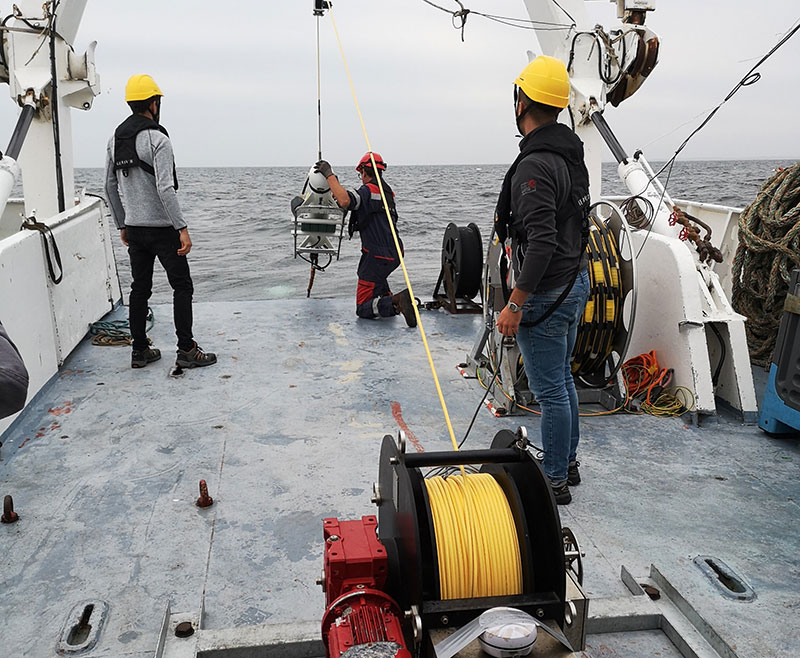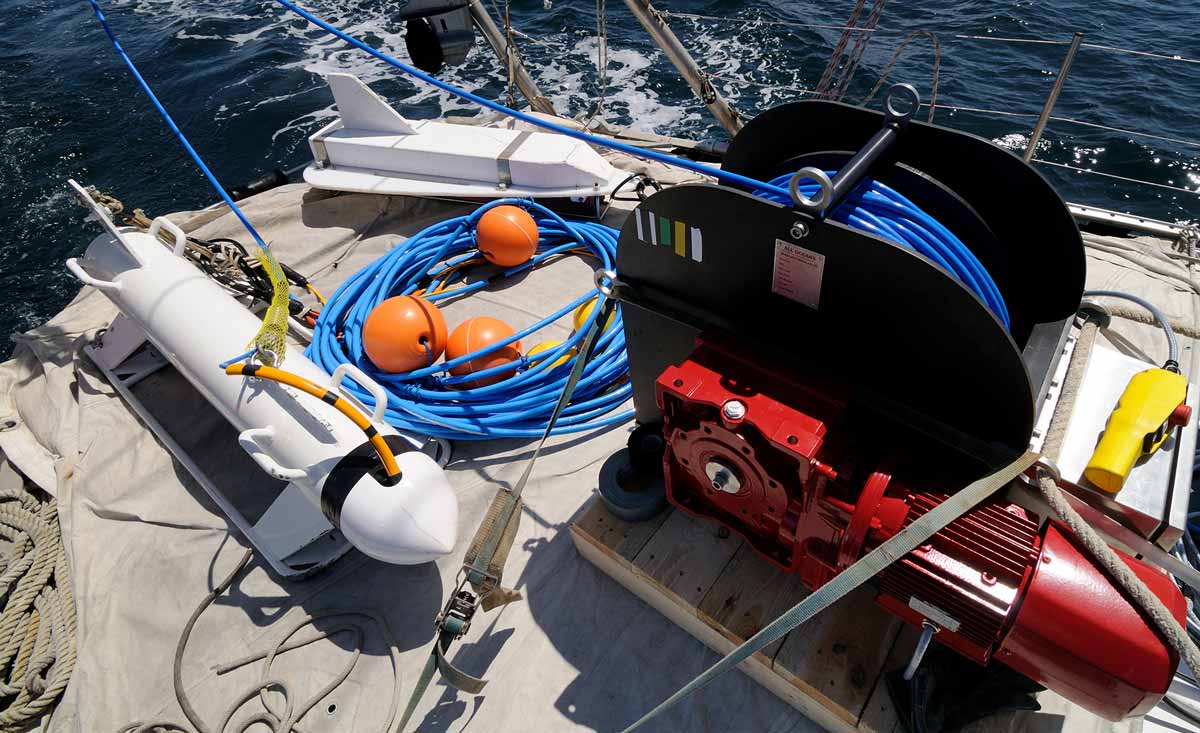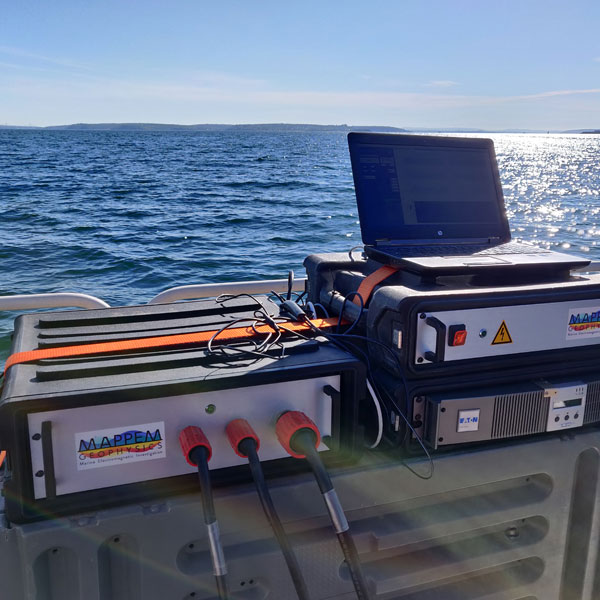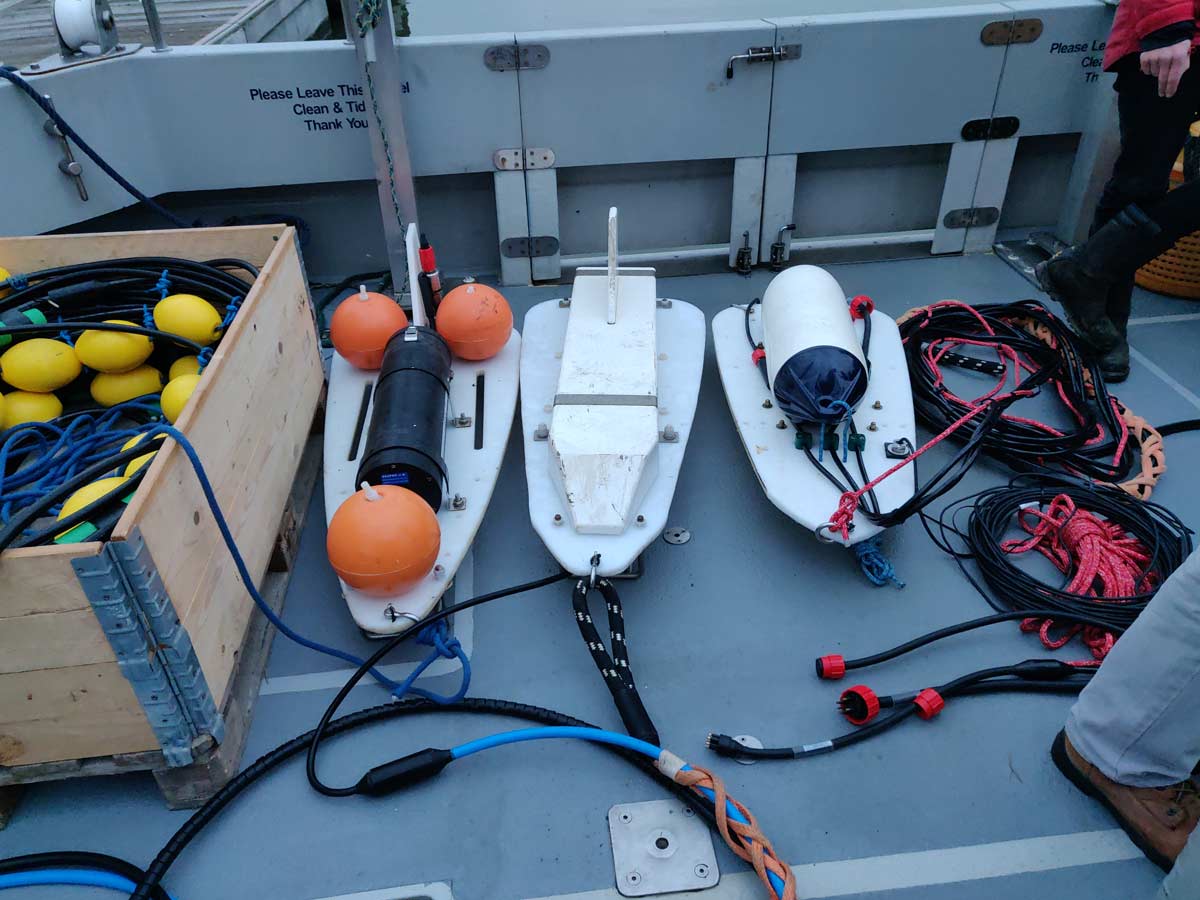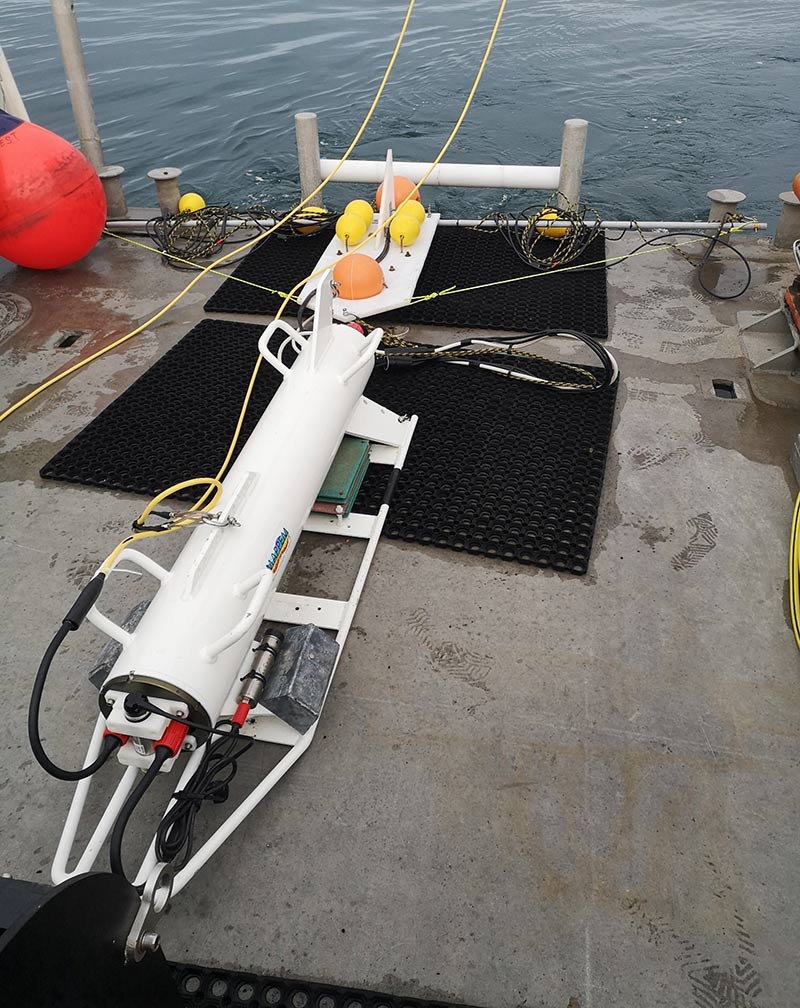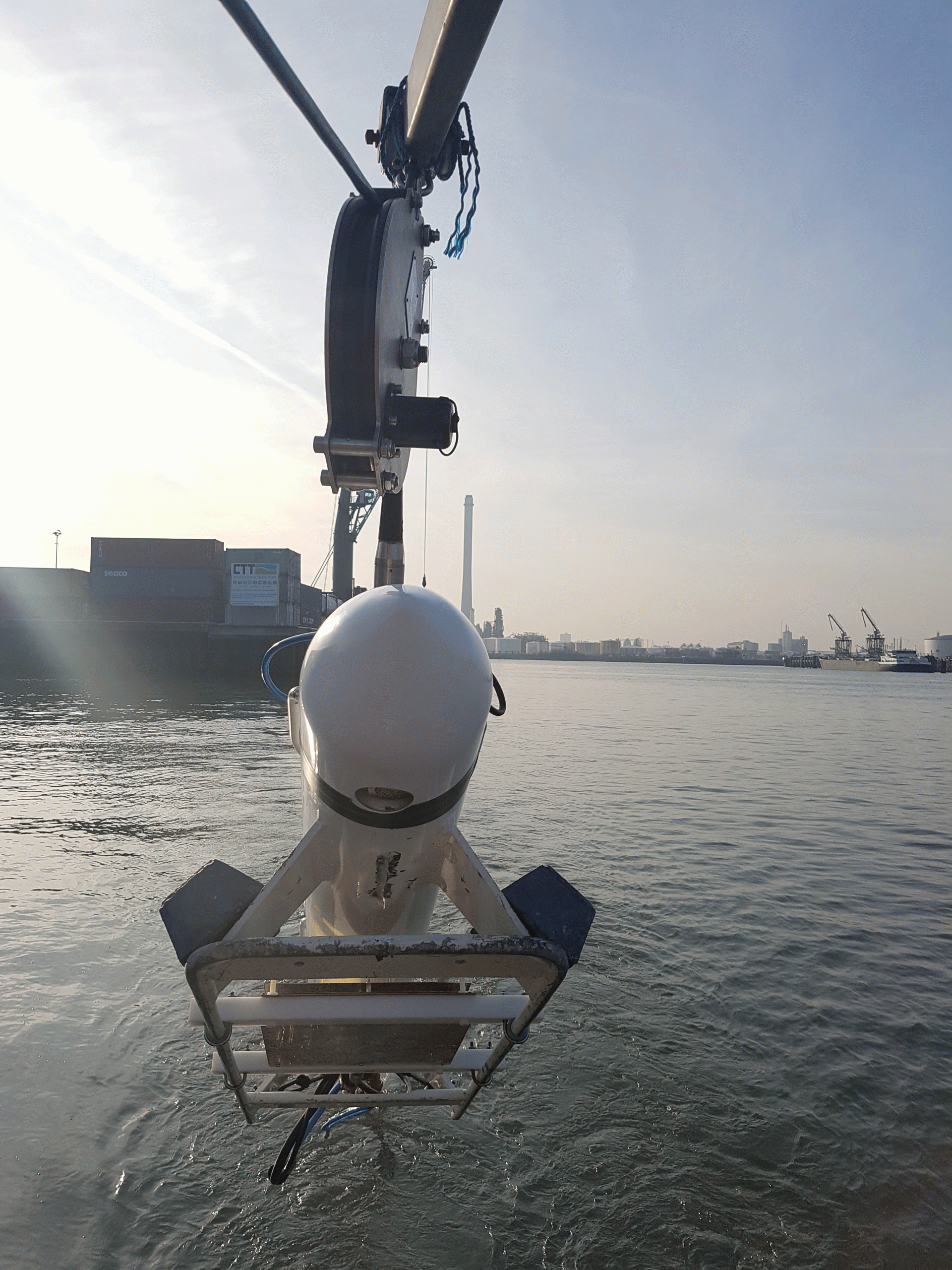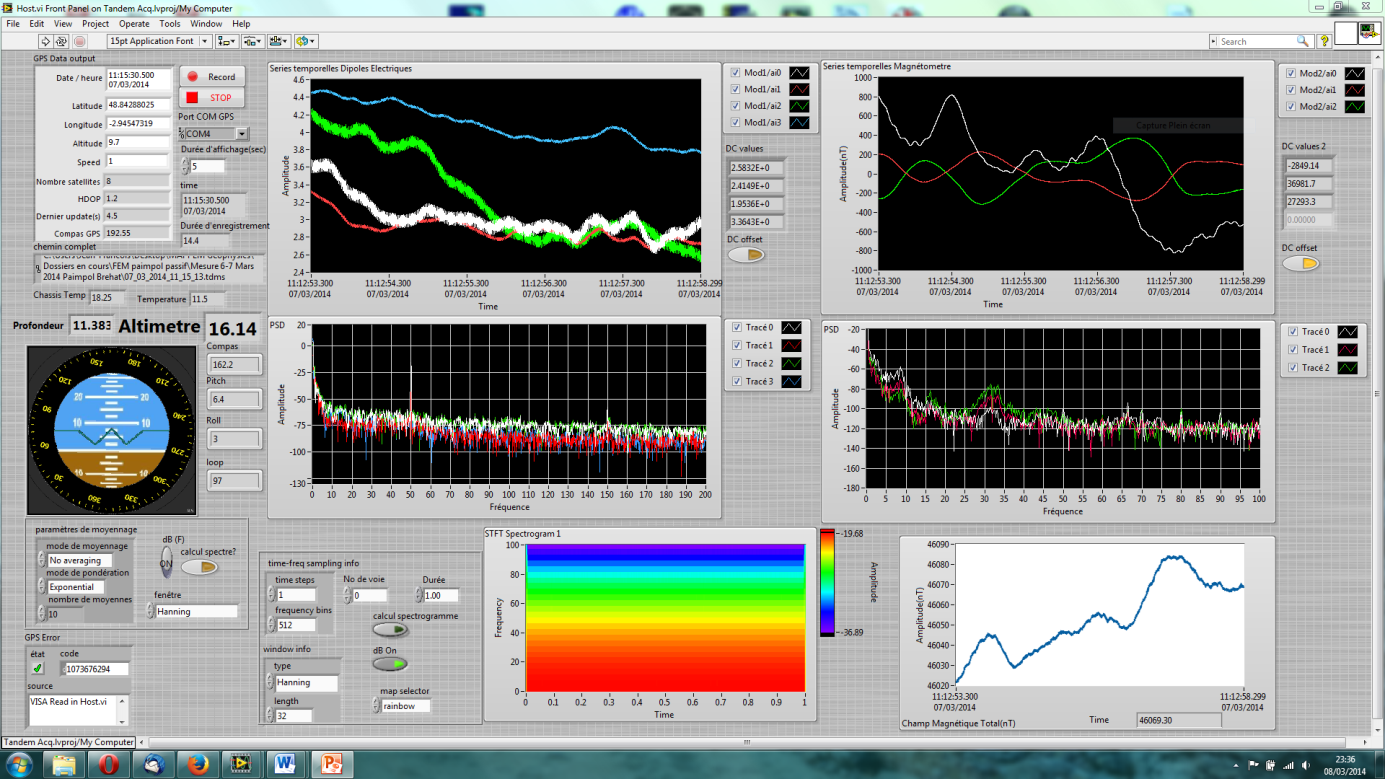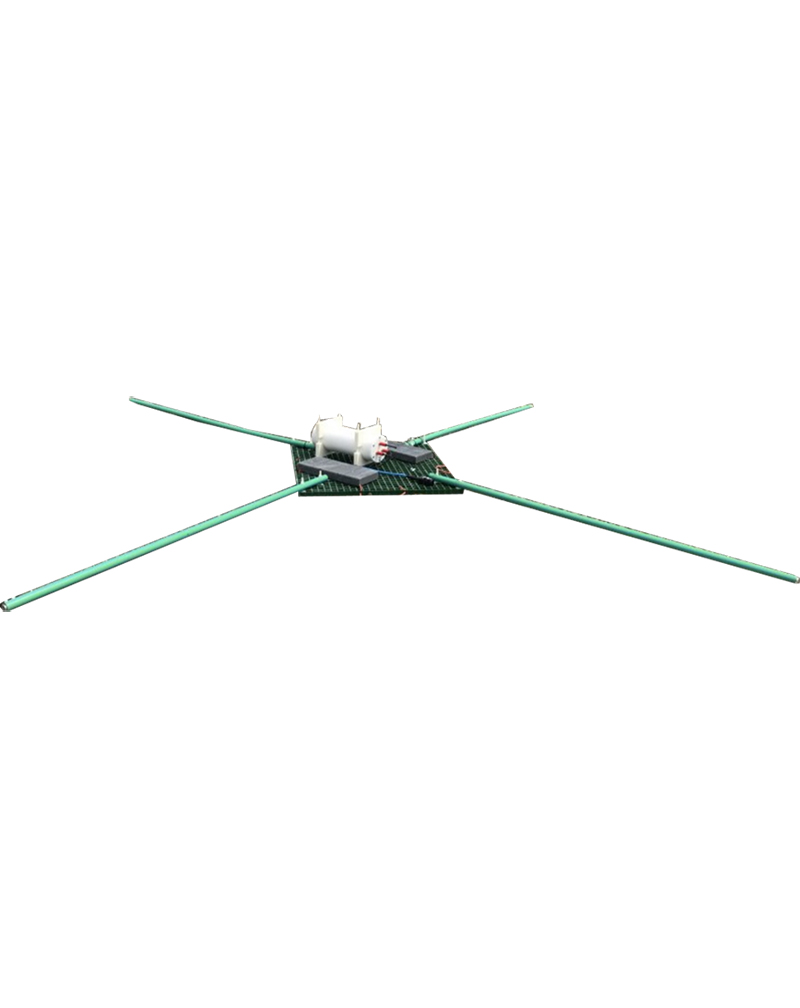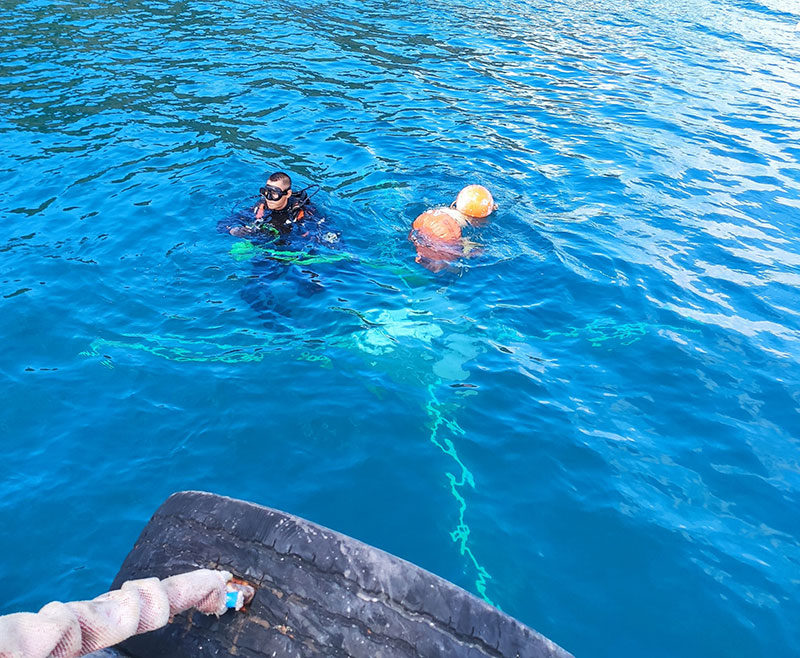Le site utilise des cookies pour ce site : certains cookies sont indispensables car utilisés à des fins de bon fonctionnement et de sécurité : d'autres sont facultatifs. Les cookies de mesure d'audience permettent de réaliser des statistiques de visites, d'analyser votre navigation.
Les cookies de publicité personnalisée permettent de personnaliser votre parcours, les publicités, communications et sollicitations de prospection commerciale à votre intention.
Nous vous invitons à nous faire part dès à présent de vos choix concernant le dépôt de ces cookies facultatifs sur votre terminal, soit en les acceptant tous, soit en les refusant tous, soit en personnalisant votre choix par finalité. A défaut, vous ne pourrez pas poursuivre votre navigation sur notre site.
Votre choix est libre et peut être modifié à tout moment, en cliquant sur le lien "Cookies", en bas de page. Nous conservons votre choix pendant 6 mois.
Le stockage ou l’accès technique est strictement nécessaire dans la finalité d’intérêt légitime de permettre l’utilisation d’un service spécifique explicitement demandé par l’abonné ou l’utilisateur, ou dans le seul but d’effectuer la transmission d’une communication sur un réseau de communications électroniques.
The technical storage or access is necessary for the legitimate purpose of storing preferences that are not requested by the subscriber or user.
The technical storage or access that is used exclusively for statistical purposes.
Le stockage ou l’accès technique qui est utilisé exclusivement dans des finalités statistiques anonymes. En l’absence d’une assignation à comparaître, d’une conformité volontaire de la part de votre fournisseur d’accès à internet ou d’enregistrements supplémentaires provenant d’une tierce partie, les informations stockées ou extraites à cette seule fin ne peuvent généralement pas être utilisées pour vous identifier.
Le stockage ou l’accès technique est nécessaire pour créer des profils d’utilisateurs afin d’envoyer des publicités, ou pour suivre l’utilisateur sur un site web ou sur plusieurs sites web à des fins de marketing similaires.

